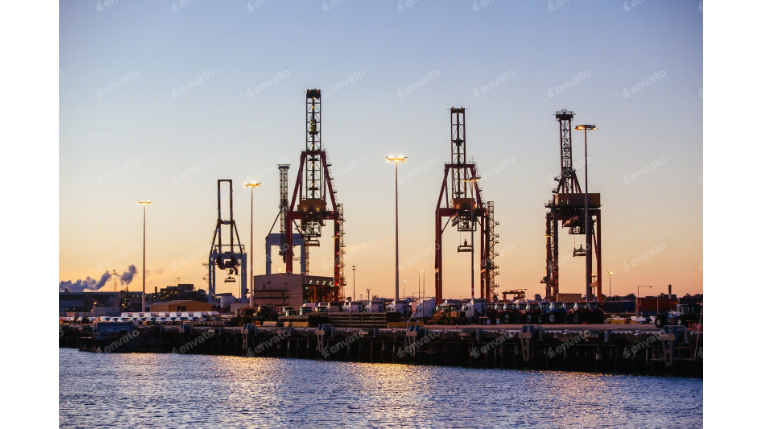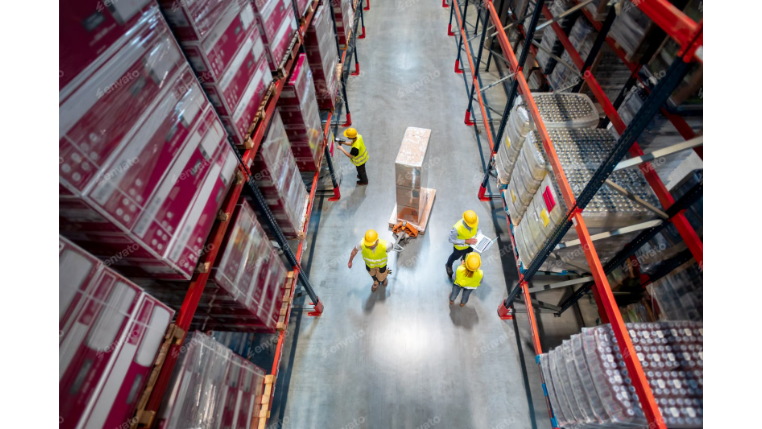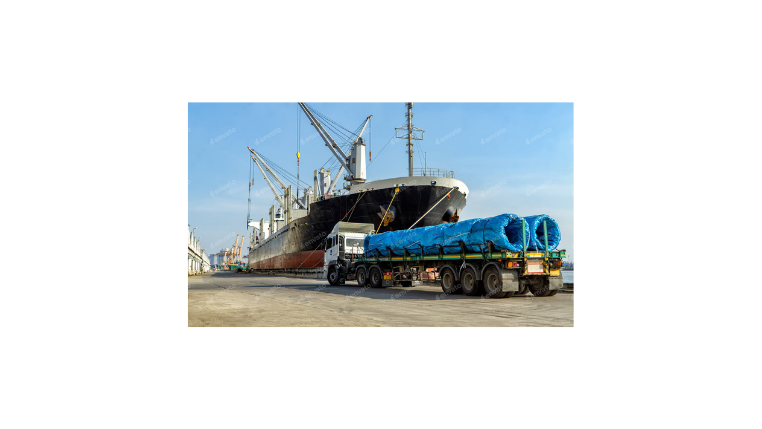A Shipper's Guide to Navigating Customs Clearance Without Delays
In international shipping, customs clearance is the most critical—and often most feared—gateway in the entire supply chain. It is the formal process where government authorities inspect and approve shipments to ensure they comply with all laws and regulations before entering or leaving a country. For businesses, a smooth customs process means a predictable and efficient supply chain. A delay, on the other hand, can lead to a cascade of problems, including angry customers, penalty fees, and disrupted operations.
This guide will demystify the process and provide a step-by-step overview to ensure your goods move across borders seamlessly.
The Foundation of Success: Preparing Flawless Documentation
More than 90% of all customs delays are caused by incorrect or incomplete paperwork. Accuracy and consistency across all documents are non-negotiable. Before your shipment even leaves the port of origin, you must have the following core documents in perfect order:
- Commercial Invoice: This is the primary bill of sale for the transaction. It must detail the buyer and seller, a full description of the goods, quantities, the value of each item, the currency, and the Incoterms.
- Packing List: This document provides a detailed breakdown of the contents of your shipment, including the weight, dimensions, and number of packages. It's used by customs to verify the cargo without having to physically unpack everything.
- Bill of Lading (B/L) or Air Waybill (AWB): This is the contract of carriage issued by the carrier. It serves as a receipt for the goods and contains details about the shipper, consignee, and the journey of the cargo.
- Certificate of Origin: This document verifies the country where the goods were manufactured. It is crucial for determining if the goods are eligible for preferential duty rates under free trade agreements.
- Importer Security Filing (ISF 10+2): For ocean freight shipments destined for the United States, this security-related filing must be submitted to U.S. Customs at least 24 hours before the cargo is loaded onto the vessel.
Understanding and Managing Duties and Taxes
Customs duties and taxes are government-levied fees on imported goods. It is crucial to calculate and budget for these costs upfront to determine your product’s true landed cost. The amount of duty owed is typically based on three key factors:
- Valuation: The transactional value of the goods as declared on the commercial invoice.
- Tariff Classification (HS Code): Every product in the world is classified under a Harmonized System (HS) code. This 6- to 10-digit code determines the specific duty rate for that item.
- Country of Origin: The origin of the goods determines whether they qualify for reduced or zero duties under a free trade agreement.
Misclassifying your product with the wrong HS code is one of the most common and costly mistakes an importer can make.
The Indispensable Partner: The Role of the Customs Broker
A customs broker is a licensed and regulated professional who acts as your expert agent in all dealings with the customs authority. While it’s legally possible for a business to clear its own goods, the complexity of the process makes it highly impractical and risky.
A reputable customs broker will:
- Review all your documentation for accuracy and completeness.
- Help you determine the correct HS code for your products.
- Electronically submit the customs entry on your behalf.
- Facilitate the payment of duties and taxes.
- Act as your advocate and problem-solver if any issues arise.
Hiring a professional customs broker is the single most effective step you can take to ensure a smooth and compliant customs process.
Best Practices for a Smooth Customs Clearance Process
- Be Meticulously Accurate: Double- and triple-check every detail on your commercial invoice and packing list. The value, quantity, and description must be precise and consistent.
- Know Your Product's HS Code: Work with your supplier and customs broker to correctly classify your goods well before they ship. Do not guess.
- Communicate Clearly with Your Partners: Ensure your supplier provides clear and accurate information. Keep your freight forwarder and customs broker in the loop on all shipment details.
- Plan for All Costs: Factor in duties, taxes, and brokerage fees when you calculate your product’s landed cost to avoid surprises.
Conclusion
In conclusion, customs clearance doesn't have to be a source of stress and uncertainty. With thorough preparation, meticulous accuracy, and the right expert partnerships, it can become a predictable and efficient part of your supply chain. Modern technology is crucial for managing the immense amount of documentation and communication required for this process. A centralized logistics platform like Modaltrans streamlines customs by providing a single, shared space to manage and exchange all necessary documents with your customs broker, freight forwarder, and internal teams, ensuring everyone is working from the same accurate information and reducing the risk of costly errors.










